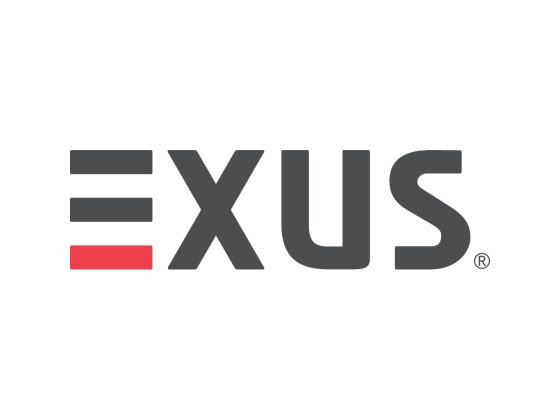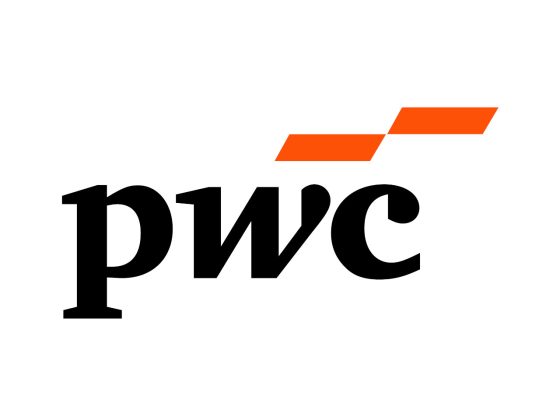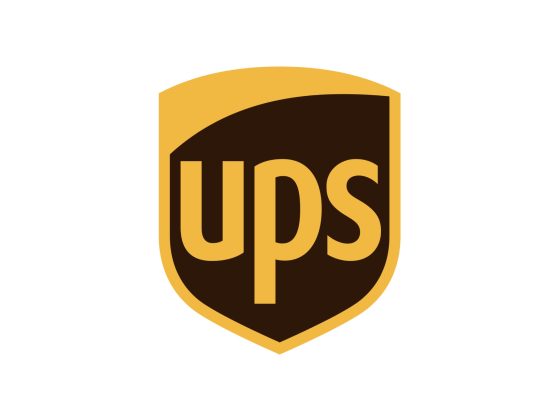In an era where cyberspace is the new battlefield for businesses, the journey to achieve a fortified security posture requires continual learning, diligent practice, and rigorous enforcement of cybersecurity strategies. As each threat landscape presents unique risks, different tactics are needed to navigate these challenges.
Hardware.
A robust cybersecurity strategy should include hardware security, which means regular hardware updates and vulnerability scanning. Businesses can also conduct vendor risk assessments to ensure that their suppliers adhere to secure manufacturing and supply chain practices. Hardware Security Modules (HSMs) can provide additional layers of protection
Software.
Software risk can be minimised by maintaining up-to-date software versions and applying patches promptly. The use of software composition analysis tools can help identify vulnerabilities in third-party components. Additionally, secure coding practices can help prevent common software vulnerabilities.
Systems.
To build resilient systems, businesses need to adopt a robust disaster recovery plan and ensure systems are scalable and redundant. Regular stress testing can help identify potential weak spots before they can be exploited.
Application Runtimes.
Employing secure configurations, routine security audits, and the use of runtime application self-protection (RASP) tools can provide robust security at the application runtime level.
Open Source Frameworks/Libraries.
Using tools to manage open-source components, such as software composition analysis tools, can help identify and update vulnerable open-source libraries. Adopting a policy for the use of open-source components can also reduce risk.
Security Practices Lapses.
Implementing a strong security culture, conducting regular security awareness training, and fostering a culture of shared responsibility can help minimise security lapses.
Operations.
Having robust backup and recovery procedures, together with a clear incident response plan, can help minimise operational risks. The use of monitoring tools and predictive analytics can also help proactively identify potential issues.
Access Control.
Unauthorised access to systems and data is akin to having stowaways on board who can wreak havoc. Implementing stringent access control measures, such as multi-factor authentication and role-based access control, coupled with regular reviews of access rights, can keep unwanted guests at bay.
Encryption.
Encryption is our secret code, protecting our communication and data from prying eyes. But managing encryption keys is akin to safekeeping a precious key that can unlock all our secrets. Strong encryption practices and secure management of encryption keys are necessary to ensure our secrets remain secret.
Defence In Depth.
Defence in depth is our strategy to ward off attackers by having multiple layers of security controls. Like a well-fortified castle, firewalls, intrusion detection systems, data encryption, and regular security audits combine to create an almost impregnable defence.
Customer Engagements.
Secure customer engagements can be achieved through strong authentication methods, secure communication channels, fraud detection systems, and customer education on security best practices.
Social Engineering.
Frequent training and simulations can increase employee awareness of social engineering tactics. Employee testing, clear protocols for reporting potential threats, and strong incident response plans can also help mitigate this risk.
Human And Staffing Risks.
Businesses should consider investing in professional development, cybersecurity training programs, and hiring practices that prioritise security skills. Partnering with external security providers or consultants can also provide the necessary expertise.
Nation States.
Risk management strategies should include threat intelligence to stay informed about state-sponsored cyber threats. Collaboration with national cybersecurity agencies and industry peers can provide additional defences.
Regulatory Constraints.
Regular compliance audits, understanding of global regulatory requirements, and the use of compliance management tools can help businesses stay compliant. Legal advice should also be sought where necessary.
Data Breaches.
Data breaches can be minimised by implementing strict access controls, regular audits, encryption, and data loss prevention (DLP) tools. Businesses should also consider having a data breach response plan.
Cyber Attacks.
Businesses should use cybersecurity technologies such as firewalls, intrusion detection systems, antivirus software, and secure email gateways. Employee training and regular testing of security measures can also help protect against cyberattacks.
Technical And Operational Concerns.
Regular system and software updates, penetration testing, vulnerability assessments, and employee education can help businesses handle technical and operational concerns effectively.
Compliance Risks.
Keeping abreast of regulatory changes, conducting regular compliance audits, and implementing effective data governance practices are crucial for managing compliance risks.
Ultimately, these strategies work best when integrated into a comprehensive cybersecurity program that is continually updated to address the evolving cyber threat landscape.












